SEFEA: Life Support for Fiber Arts Educators
March 3, 2014
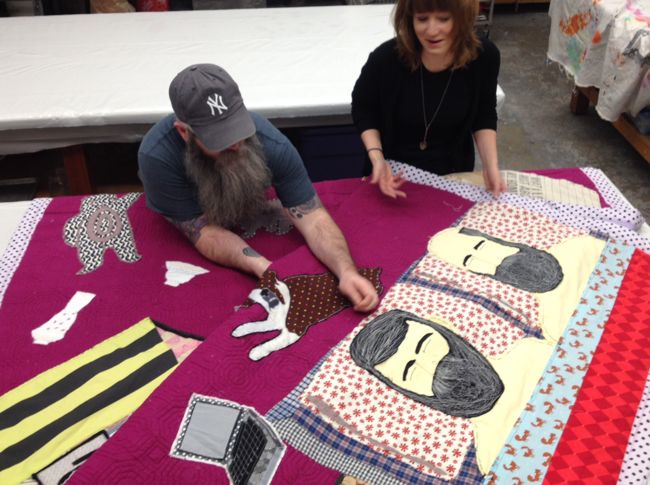 A career in academia is terrifyingly uncertain.
A career in academia is terrifyingly uncertain.
Contracts are increasingly short, work is scarce and upward mobility is staggeringly difficult. Fewer and fewer careers are secure.
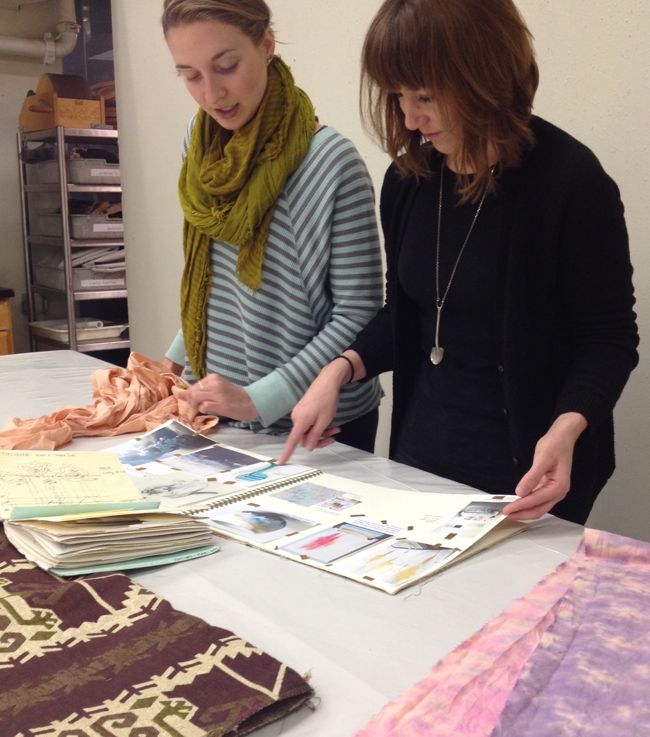 This is especially true when some schools are questioning the value of even offering a degree concentration in Fibers. The popularity, cultural relevance and practical application of textile arts is often lost on those in upper level administration at many research universities.
This is especially true when some schools are questioning the value of even offering a degree concentration in Fibers. The popularity, cultural relevance and practical application of textile arts is often lost on those in upper level administration at many research universities.
How can a “Fibers” – or in my case, “Textiles” – area find identity and secure a place within a school of Fine Art when it overlaps with so many other disciplines like design, printmaking and sculpture – the boundaries of which are increasingly blurred or diminished?
More importantly, how can textile arts thrive within a college or university? As many Fiber faculty are the sole instructors in Fiber “departments” at many universities, building alliances and understanding big-picture trends via exchange of information with colleagues is crucial.
So how is it possible to connect with others navigating a similar landscape? I have definitely found these connections in Southeast Fibers Educators Association, better known as SEFEA.
Started by artist/educator Susan Brandeis in 2001, SEFEA began as a way for college-level Fibers/Textiles educators in the SE US region to network and address the unique concerns in the field. In addition to professional networking, it is a source of mentorship and sponsorship for those in academia.
An annual meeting, held each October at Penland School of Arts & Crafts in North Carolina’s Blue Ridge Mountains, is the central event that enables this professional and personal interaction.
I attended my first SEFEA conference in 2011 when I became a visiting lecturer in the School of Art & Design at Georgia State University in Atlanta, GA. The combination of my teaching load (nearly full time) and teaching level (intermediate to advanced courses) earned me an invitation to the group.
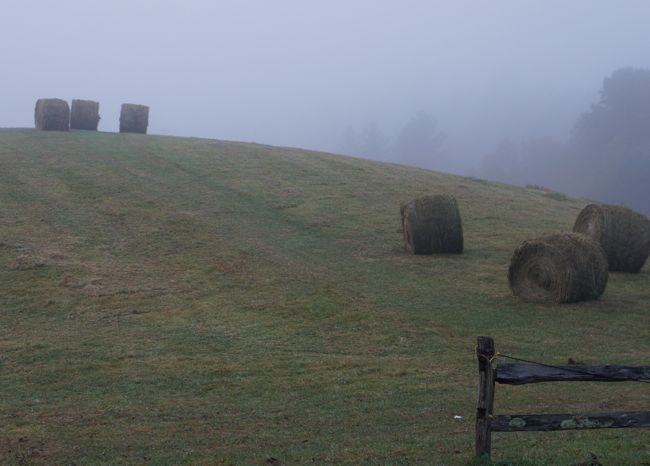 Faculty who attend SEFEA represent very different institutions and have very different specializations. They come from schools of all sizes offering a range of both older and newer programs. They are located in both rural and urban college settings. These programs may focus on structure or surface, or include both; they may teach weaving or surface design, along with any number of related courses in textile media or materials.
Faculty who attend SEFEA represent very different institutions and have very different specializations. They come from schools of all sizes offering a range of both older and newer programs. They are located in both rural and urban college settings. These programs may focus on structure or surface, or include both; they may teach weaving or surface design, along with any number of related courses in textile media or materials.
Penland is an incredible place to be. The energy of our group and the idyllic environment helps me to reflect and focus.
We meet for dinner on Friday, have meetings and discussions all day on Saturday, then return home after breakfast on Sunday. The wonderful food served at Penland is something we all look forward to; discussions go deeper during the shared meals.
From year to year, most SEFEA meetings are structured to include discussions on variations of the following:
- What techniques and concepts are essential to a Fibers curriculum?
How are they most effectively taught?
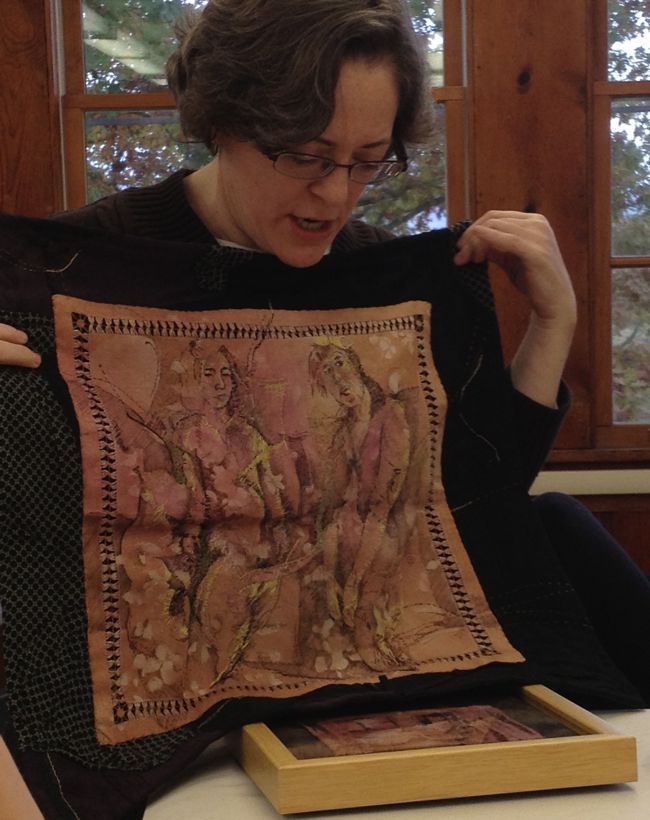 What is new? What new resources, books, and apps are great for teaching?
What is new? What new resources, books, and apps are great for teaching?
What projects have been really successful and meaningful?
What are the best ways to present them?
- What are the latest critical writings in the field and other recommended readings?
- What is the role of social media in the classroom?
How can it be used effectively?
- What exhibitions are coming up that we all should enter?
Does SEFEA have a group show lined up?
What should we be planning for?
In addition, each educator/artist gives a presentation on their work and creative research. SEFEA members range from emerging artists to experts in a technical field. A very finished body of work may be presented or an idea (supported by some samples) may be proposed, followed by a group discussion of its potential and viability.
One of the most inspiring aspects of the conference for me is seeing the year-to-year evolution of some of the most outstanding work in the field. Though SEFEA participants vary widely in age and experience, all are approachable, passionate about making art and committed to non-stop learning – no matter the level of their careers in education.
Having endured a very difficult job search, I finally got to attend the October (2013) meeting as an assistant professor. SEFEA members had given me lots of advice; my new position is a reminder to me that no one succeeds alone. Newly hired and now on a tenure-track, I brought a few things to discuss, among them:
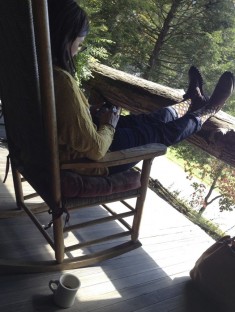 If a student is interested in traditional doll making, how do I balance respect for her heritage while pushing her conceptually?
If a student is interested in traditional doll making, how do I balance respect for her heritage while pushing her conceptually?
How do I balance creative research while teaching and managing an entire academic area?
Can family planning or other career pursuits be considered while in academia?
I spoke to at least one person about all of these concerns. Definite answers are not the goal; the dialogue is the true benefit – along with the shared experience and identification.
For a new professor, that means the world.
_______________________________
SDA Member Jess Jones is Assistant Professor of Textiles at Georgia State University where she specializes in digital processes and quilted structures. She received her MFA in Fibers from East Tennessee State University and lives in Atlanta, GA. See more of her work at jess-jones-36ci.squarespace.com
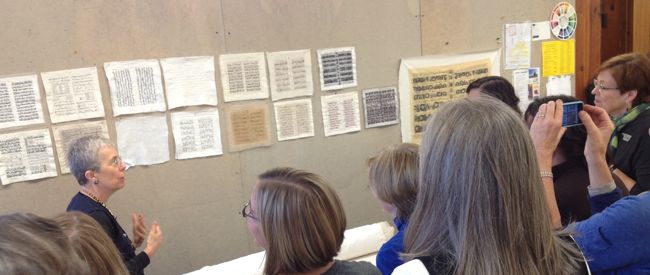
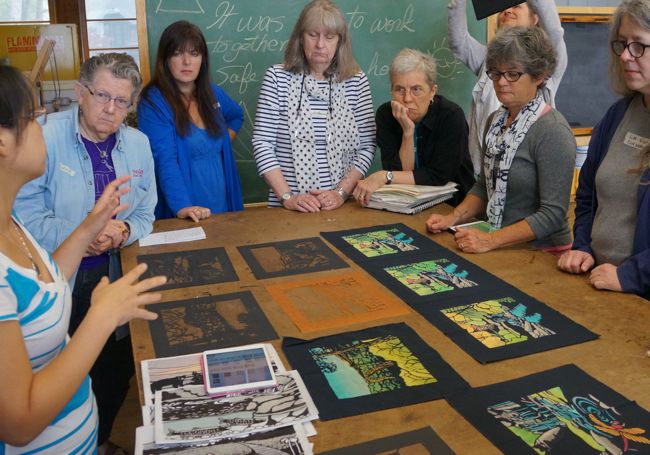
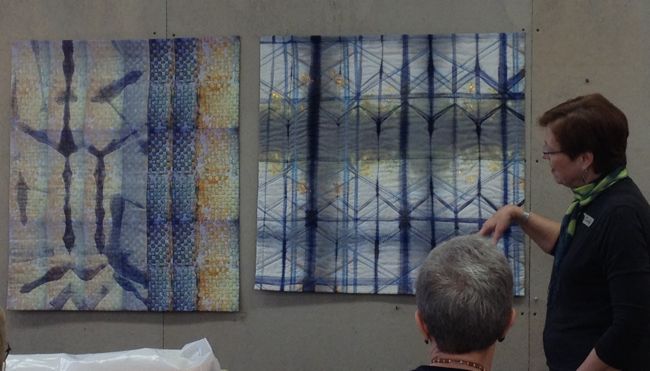
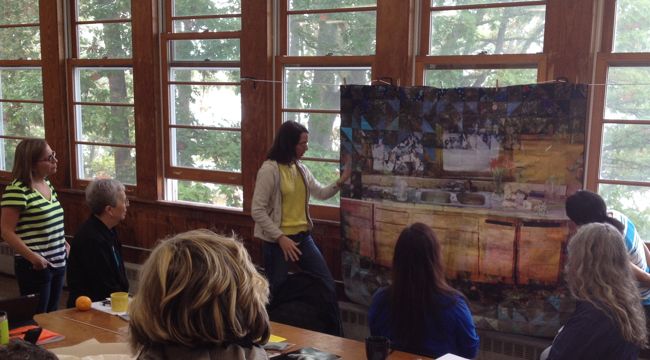
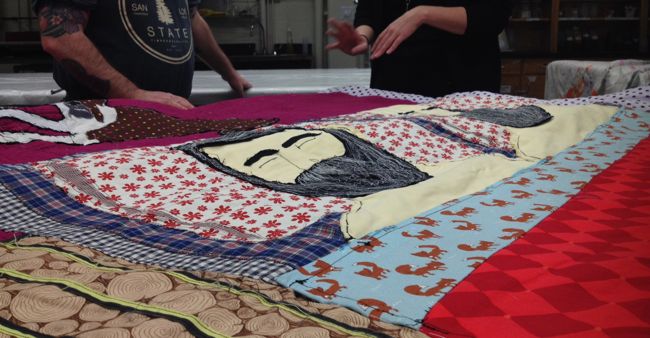




Related Blog Articles
Education
Forty Year Flashback: Spring 1991
Education
Meet 2 New SDA Board Members
No Thumbnail Available
Education
India Flint Talk at Confluence Inspires Bio-regional Dyeing Project for 3rd Graders in NYC